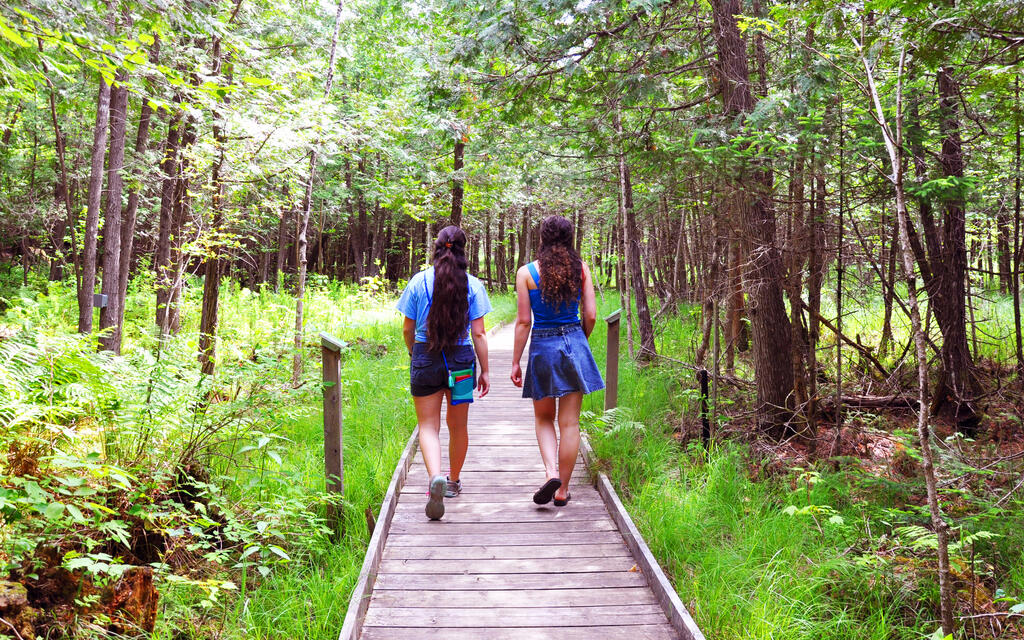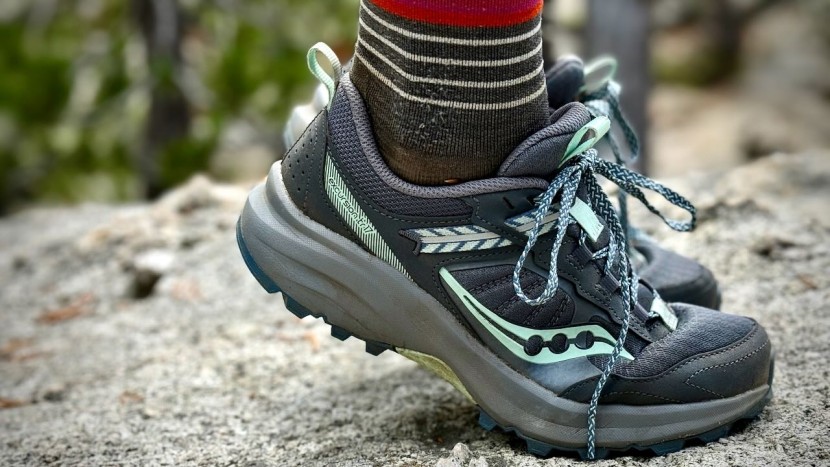How to Break in Hiking Shoes Without Blisters

Breaking in your new hiking shoes is essential to avoid blisters, discomfort, and foot pain on the trail. New hiking shoes can feel stiff at first, but with the right techniques, you can soften them up and ensure a comfortable fit before your next adventure. In this guide, we’ll walk you through the best ways to break in your hiking shoes quickly and pain-free.
1. Start Indoors

Before hitting the trails, wear your new hiking shoes around the house or at work. This allows your feet to adjust to the fit without the added stress of rough terrain.
- Wear them for 1-2 hours a day
- Use the same socks you plan to hike in
- Walk on different surfaces like carpet, hardwood, and tile
2. Take Short Walks & Hikes

Once you’ve worn them indoors for a few days, take short walks around your neighborhood or local park. Gradually increase your walking distance to help mold the shoes to your feet.
- Start with 30-minute walks
- Test on flat, easy trails first
- Check for any rubbing or pressure points
3. Use Thick Socks & Lacing Techniques
Wearing thicker hiking socks can help stretch out stiff areas of the shoe, while adjusting your laces can prevent pressure points and reduce friction.
- Thick wool socks help cushion and stretch the shoe naturally.
- Loosen laces at pressure points for comfort.
- Use the heel lock technique to prevent heel slipping.
4. Bend & Flex Your Shoes

If your hiking shoes feel stiff, gently bending and flexing them can soften the sole and upper material. Try the following:
- Manually bend the sole back and forth to increase flexibility
- Walk up and down stairs to flex the shoe naturally
- Use your hands to stretch the toe box if it feels tight
5. Wear Them With a Loaded Backpack
Hiking with a backpack shifts your center of gravity, putting more pressure on your feet. Test your shoes with a loaded pack to simulate real hiking conditions.
- Walk on different inclines (hills, stairs)
- Use trekking poles for added stability
- Adjust lacing as needed to prevent discomfort
6. Prevent Blisters Before They Start
Blisters are caused by heat, moisture, and friction. Reduce your risk with these simple tricks:
- Wear moisture-wicking socks (avoid cotton)
- Apply anti-chafe balm or Vaseline to friction-prone areas
- Use moleskin or blister pads on hot spots
- Break in your shoes gradually before long hikes
7. Try the Freezer Method (For Tight Shoes)
If your shoes feel too tight, this trick can help stretch them out:
- Fill two ziplock bags with water and seal them tightly.
- Place them inside your shoes, focusing on tight areas.
- Put the shoes in the freezer overnight.
- As the water expands, it will gently stretch the material.
Tip: This method works best for leather or synthetic shoes.
FAQs About Breaking in Hiking Shoes
Is it normal to get blisters with new hiking shoes?
Yes, it’s common to get blisters if your hiking shoes aren’t properly broken in. To prevent them, wear thick socks, apply Vaseline or anti-chafe balm, and gradually increase your hiking distance.
How do you break in hiking shoes fast?
To speed up the process:
- Wear them around the house daily
- Take short walks on different terrains
- Use thick socks and flex the shoe manually
- Try the freezer method for tight shoes
How to soften shoes so you don't get blisters?
Softening hiking shoes reduces stiffness and prevents blisters. Try:
- Manually bending and flexing the sole
- Wearing thick socks to stretch tight areas
- Using shoe-stretching sprays or inserts
- Applying leather conditioner (for leather shoes)
Why do hikers put Vaseline on their feet?
Hikers use Vaseline to reduce friction and prevent blisters. Applying a thin layer on high-friction areas (heels, toes) creates a barrier that minimizes rubbing inside the shoe.
Final Thoughts: Take Your Time & Prevent Blisters
Breaking in hiking shoes properly ensures maximum comfort and prevents painful blisters. Follow these steps:
- Start indoors and take short walks
- Use thick socks and adjust lacing
- Gradually increase your hiking distance
- Apply anti-chafe balm or Vaseline to prevent blisters
Need new hiking shoes? Browse our collection for the best fit and comfort!



